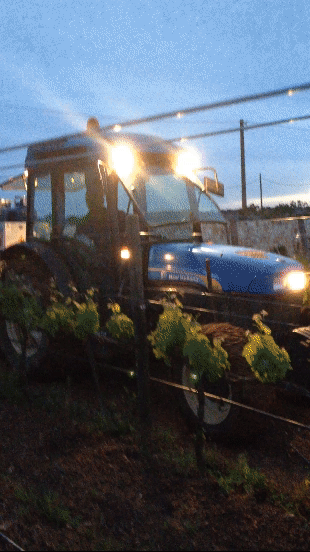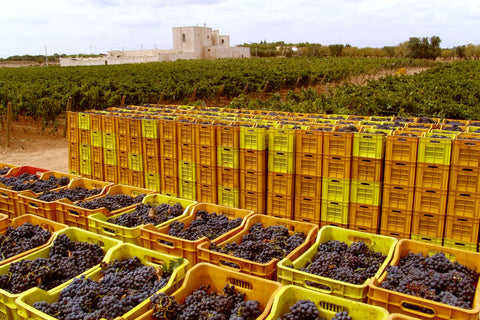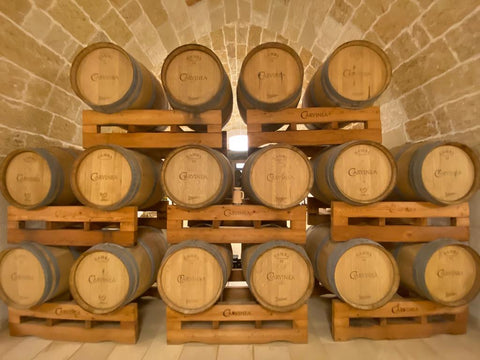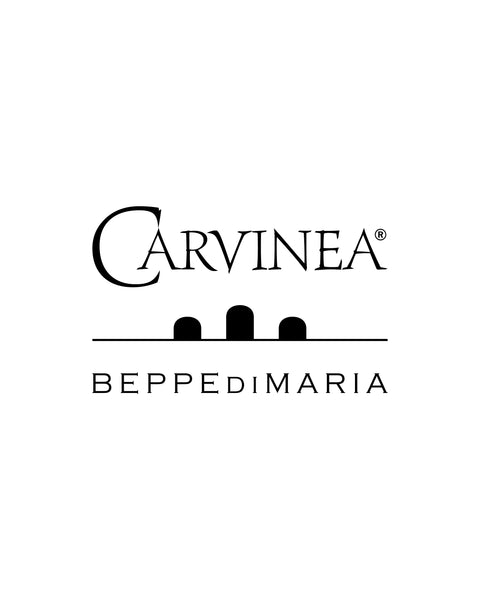Vineyards
For the production of our wines, the slowest and most complex regulations have been adopted, both in the treatment of the land and in the planting of the vines - with a sixth of planting of 4000 vines per hectare - and in the maintenance of the vineyard, mainly done by hand.
The average yield per hectare is very low: it ranges from 40 to 65 quintals. Between pruning, defoliation and thinning, the aim of obtaining the best grapes is always pursued. The quantity produced also reflects this orientation: only one bottle of wine per vine. This way we obtain quality, balanced and elegant wines.
When necessary, we use a horse to plow the land: it is proven by tradition that the horse's hoof does not compact the earth and does not damage the important microfauna that lives there, thus allowing the soil to breathe better and to give the plant all that it needs to produce the best grapes. Furthermore, the plow grazes the roots of the plants without damaging them: every little attention contributes to the development of the best bunches. But today it is necessary to combine tradition with new knowledge: the cutting-edge technologies of the Wine Research Team allow our wines to express themselves at their best.
The use of fire weeding allows direct control of the weeds that we use to eliminate harmful plants, thus avoiding the use of chemical herbicides, to protect our organic agriculture.
Lands suited to viticulture, research and development in the vineyard and in the cellar: this is how the elegance of our wines is born, hidden in every grape and in the expert hands of those who take care of them.
Cellar
Bringing perfect grapes to the cellar is the essential premise for making great wines. Every work in the cellar carefully follows the winemaker's specifications.
The Barrels
Wood is the cradle of a wine, not the wine itself.
We use the various carats of French wood to make the wines balanced and not because they release overlying aromas to the wine.
The Logo
The current Carvinea logo represents the 3 arches of the Masseria Pezze d'Arena, immediately visible from the entrance to the courtyard.






